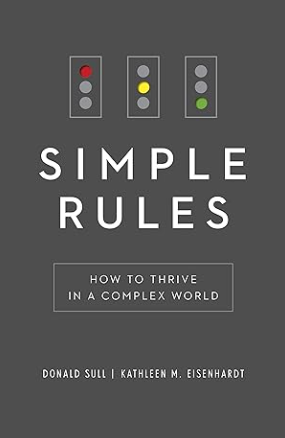Classic philosophies that have been forgotten: Important factors for research and development
In this post, we will discuss the forgotten classic philosophies (values) that are instrumental for performing high quality research, development and innovation activities.
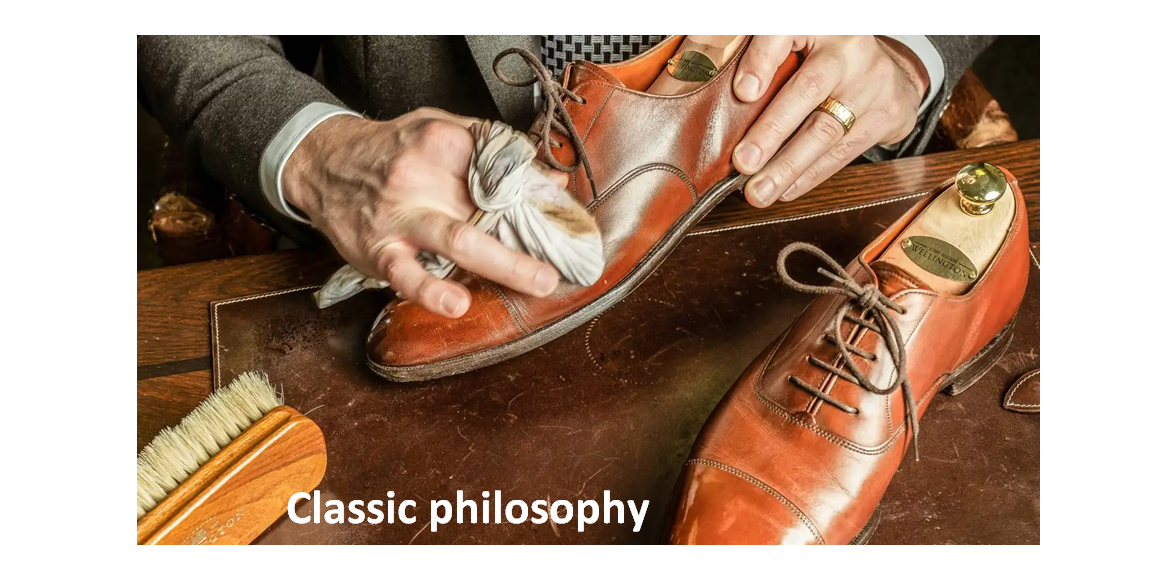
In this post, we will discuss the forgotten classic philosophies (values) that are instrumental for performing high quality research, development and innovation activities.
Today, we are leaving in the modern era where everything can be obtained in an instant or relatively very fast way with relatively low cost.
For example, an instant food that can be purchased at a low cost and can be prepared within minutes as well as a low-cost fast fashion that has different styles every new season on every new year.
Very often, we want something instant with high quantity by overlooking quality for a product or service.
This “modern” era with fast moving goods and services unavoidably affects our mindset or perception in doing things, including research, development and innovation activities.
Nowadays, many people forget about the “classic” values or philosophies. Some examples of classic values are patience (realising that everything take times), tradition, build-to-last for environment sustainability, quality over quantity and craftmanship with highly competitive value.
There are several definitions of “classic”, for example:
- According to Cambridge dictionary [1], classic is: “a well-known piece of writing, music recording, or film which is of high quality and lasting value”.
- According to Merriam-Webster [2], classic is: “serving as a standard of excellence: of recognised value”.
- According to Collins dictionary [3], classic is: “of the highest class, being a model of its kind, excellent, standard, authoritative, established”.
From the above several definitions, the definition of “classic” converges to high quality, lasting value and excellence.
These values are important ingredients in high quality research and development projects.
Let us discuss these classic values that are important for research and development activities!
READ MORE: Is research expensive?
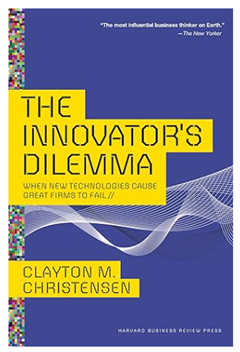
Patience: everything takes time
In the past, when we want to buy or eat something, there will be some sort of waiting time. For example, when we want to buy a shoe, then the shoe will be built and then delivered to us and can take months.
Or, when we want to eat something, we or someone else need to cook it first since there were no or very rare instant foods that are available at that time.
In contrary, nowadays, everything can be obtained instantly. To add, they can also be purchased online just using our fingers.
However, in research and development, nothing can be obtained rapidly. All works take time to finish. That is why patience is key in successful research and development activities.
In developing something or doing experiments, patience is needed to think, reflect, read, set up instruments and to wait the experiment to obtain data. All of these processes require a significant amount of time investment.
Also with writing, either for research articles or technical reports, a huge amount of time is required to properly write these documents.
It is not a matter of grammar. Instead, it is about how to write a meaningful and concise sentence with an easy-to-understand reading flow.
Remember, writing is part of a research activity and is at least 25% of the total research activity time.
The main message is that we should not let the influence of the instant culture of this modern era that affects our patience.
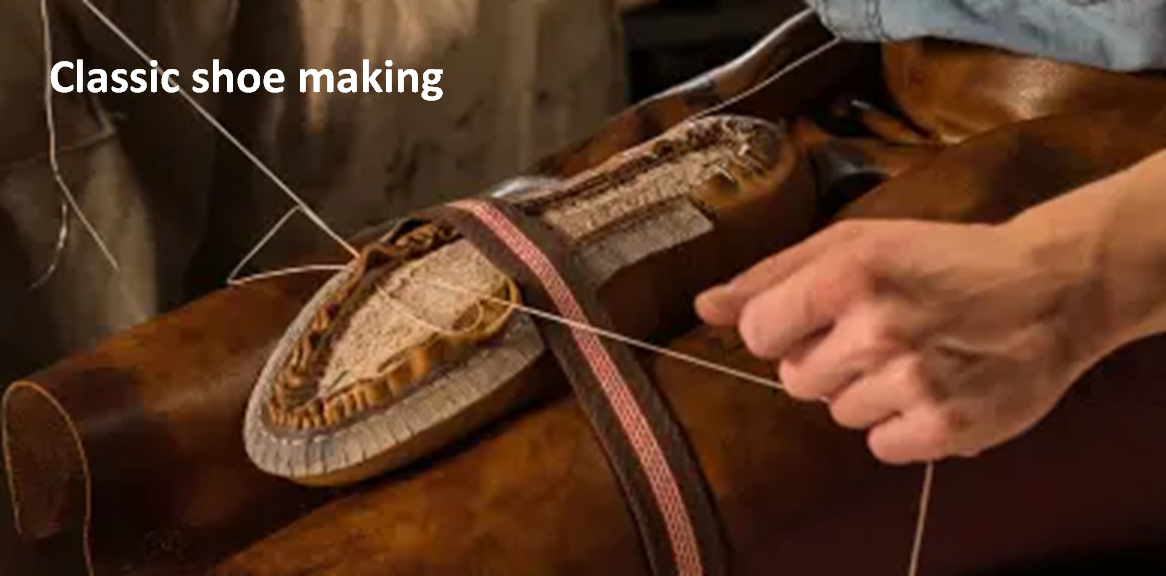
READ MORE: The most important tools for research
Quality over quantity
With the instantaneous and mass-produced products, very often, many people will have products with too many quantities, but very often low qualities. Low quality products tend to have a short lifetime or use time.
These situations are not only bad for our environment (since more products means more wastes), but also can also affect our mentality to prioritise quantity over quality.
We can see nowadays, many universities push PhD students, researchers and academics to publish more and more. Very often, these number of publications become the main factor to assess PhD students and researchers.
If we take a look back, we can see that many groundbreaking research (that the product or service outputs of these researches) are in 1940-1980 period.
In these periods, researcher maybe published in average one or less publication per year (some of them had a little bit more, but is not a common situation).
However, their one or less publication per year has a very significant result and information in their paper. We can see that many highly cited papers are from these periods.
There is nothing wrong with a large number of publications as long as the quality of the content, data, analysis and information are good.
READ MORE: Is research expensive?
Built-to-last for sustainability
When we talk about low quality products or services, some of the main distinctive properties are that they are significantly cheap but have a significantly shot lifetime. That is, they are not built-to-last!
In addition, these products usually made in a factory that are very often, they worker are not well regulated in the sense that the salary and the working condition of the worker are not that good.
Due to short lifetime, these low-quality products can damage environment because generated wastes from these products will be large!
In contrary, high-quality products (and services) usually have an initial significant purchase cost. However, these products usually have a long lifetime. That is, in a long run, the value preposition of these high-quality products will be higher than low quality products.
In addition, these high-quality products usually can be repaired so that generated wastes from these products will significantly lower than those low-quality products. Hence, these high-quality products will support environment sustainability.
Similarly with research and development, we should have a mindset that our work should have high-quality and long-lasting contributions.
When we design a product or service, we should think carefully ahead of where, when, and how the products are possibly used in the future and what sort of conditions the products will be used.
Also in designing services, we should think possible scenarios that the services will be used on so that any possible problems that the service are vulnerable to can be solved in advance.
That is why, patience, deep thinking and collaborations are needed to create a built-to-last products and services.
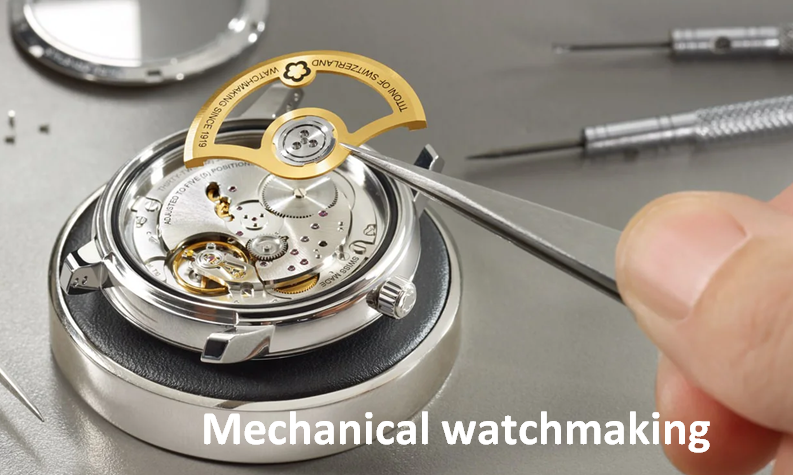
READ MORE: Research as value and economy creation activities
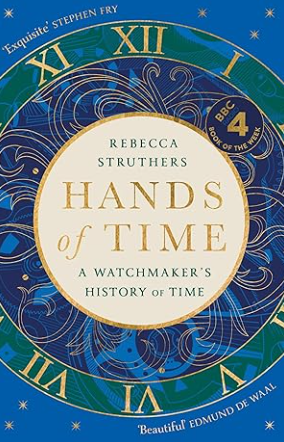
Craftmanship for competitive value
Very expensive high-quality luxury goods usually have high element of craftsmanship involved into making their products.
Craftsmanship is a skill and knowledge gained from years of experiences. These long experiences are perfecting the skill that cannot be copied easily. That is, craftmanship involves hand-built activities.
Examples of high-quality products with high craftmanship and built by hand are traditional mechanical watches, traditional leather and/or bespoke shoes and dress as well as home-made food (non-junk food) prepared at home and restaurant and others.
These high-quality products with high craftmanship content are valued at high price and are desired by people. Also, they are holding their value over time, sometimes event becomes higher than their initial selling price.
The point is that, in research and development, craftmanship in designing research, designing experimental setup, designing products and writing articles and reports will be obtained over time by experiences.
We cannot have craftmanship by learning in a class or attending seminars. These “craftmanship” in research and development will be gained day by day we are performing experiments, writing articles, discussing, brainstorming, etc.
That is why we should be patience and should not be hurry in doing a research and development work!
READ MORE: Reverse step: building research and knowledge from data or observation study
Focus on value, not the price
We should not judge everything by price. It is not only a matter of low or high price. It is very dangerous if we decide everything by selecting the one that has a lower price than other options!
We should select anything based on value!
The challenge is that it will need knowledge and experiences to be able to correctly value a product or service. Value is the one that we can feel the benefit and use, not the price!
We purchase a product or service because this product or service can give us some values, for example, solving our problem or saving our time to finish a task or job.
Something that is valuable usually also hold their value so that over time their price can be the same or even higher than their initial purchasing price.
When deciding a research and development, we should focus on what value our research or product or service will have and provide. Our research should be able to help people to do and finish certain tasks.
Only products or services that can solve tasks that will be purchased by people!
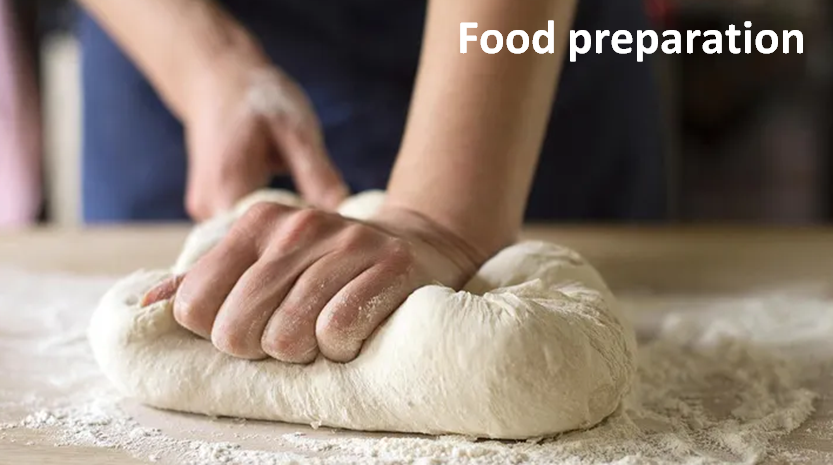
READ MORE: Research: Lessons learnt from “Hands of Time: A Watchmaker's History of Time”
The influence of tradition
Tradition is one value that has been forgotten by many people in this modern era.
Many people think that tradition is something outdated and not relevant and not applicable to current situations. This is absolutely wrong!
In fact, tradition can bring a unique value preposition into a product or service. This unique value can be the competitive advantage of the product or service.
An example of local tradition that can have a good influence on product or service is in the case of Northampton as the cradle of and as one of the central of current world shoe industries.
The reasons are that this city has a lot of cattle from around the area from which the leather material can be sourced, has a lot of woods from which cork materials of the shoes can be produces and has a location at the centre of England so that distributing goods around the England will be relatively easy.
Those reasons basically have a root on the tradition of the Northampton city.
From this example, we can understand that if we have a tradition value within our product or service, then we can create a unique product/service that cannot be or at least very difficult to be copied by other competitors.
Hence, our product/service will have a very good competitive advantage in the market. By having a competitive advantage, a high profit margin can be obtained from selling the product or service.
That is, one of the main goals of research and development activity is to create or improve the competitive advantage of a product or service.
READ MORE: Disruptive innovation to create growth: A research perspective
Conclusion
In modern era, most of us have forgotten the value of “classic”. In fact, the value of “classic” has significant good principles that can be applied to perform high quality research, development and innovation activities.
The classic values that have been discussed are patience (everything takes time), quality over quantity, built-to-last, craftmanship for competitive value, focus on value and the influence of tradition.
These values are currently fading away in our modern era where many products and services can be obtained instantaneously, cheaply and from the tip of our fingers (online).
We hope that we can return these classic values in our activities to create something that are meaningful.
References
[1] https://dictionary.cambridge.org/dictionary/english/classic
[2] https://www.merriam-webster.com/dictionary/classic
[3] https://www.collinsdictionary.com/dictionary/english/classic
You may find some interesting items by shopping here.
